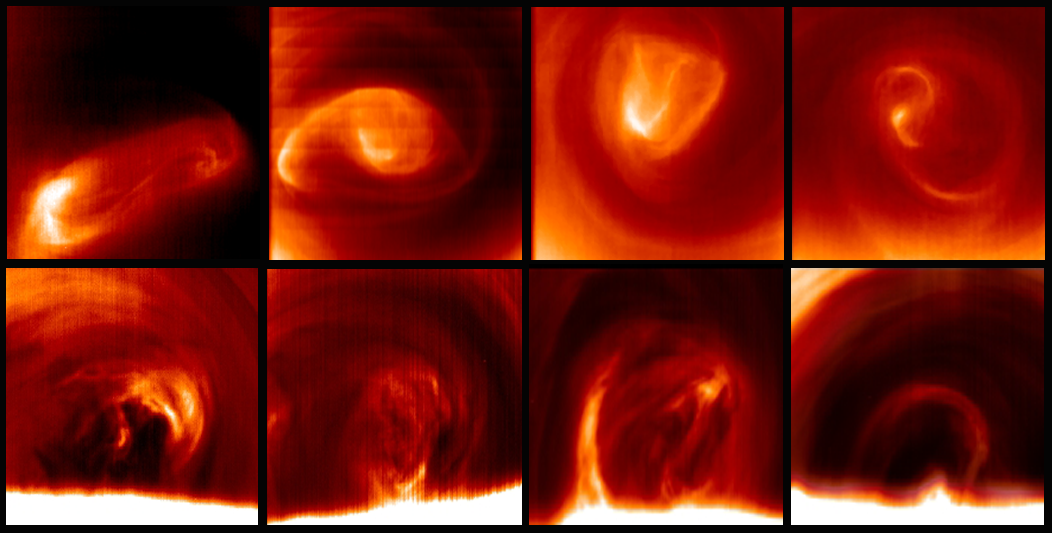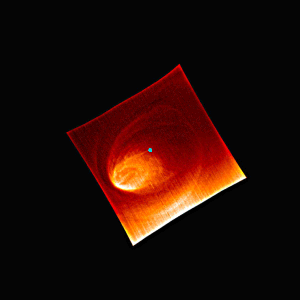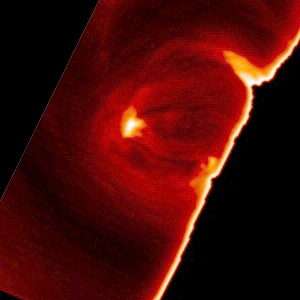Surprises in the swirl of the south pole of Venus
2013/03/24 Roa Zubia, Guillermo - Elhuyar Zientzia Iturria: Elhuyar aldizkaria

There is a European-sized swirl in the atmosphere of the southern pole of Venus. Researched by astronomers from the UPV Group of Planetary Sciences, the results have been published in the network version of the prestigious journal Nature Geoscience. In the atmosphere there are two main layers of clouds, separated by an area of 20 kilometers. UPV astronomers have closely followed the movement of the swirl in the two layers and have proven that this movement is errant. “We knew that this is a long-lasting whirlpool, which changes shape every day with which we are. But we thought that the centers of the whirlpool formed a tube at two heights, and it is not so. Each center goes separately and, however, does not undo the entire structure of the atmospheric whirlpool,” explains Itziar Garate, principal researcher and member of the Planetary Sciences Group of the UPV.

Long-lasting swirls are a common phenomenon in the atmospheres of fast-rotating planets, such as Jupiter and Saturn. Venus, slowly rotating, has permanent turbulence in the atmosphere of the two poles. Moreover, the rotation speed of the atmosphere is much higher than that of the planet. “We have long known that the atmosphere of Venus rotates 60 times faster than the planet itself, but we don’t know why. The difference is huge, so it is called super rotation. And we don’t know how it started and how it stays.”
The UPV-EHU team has followed the evolution of the southern pole swirl thanks to the VIRTIS-M infrared camera carrying the ESA Venus Express spacecraft. The vessel has been orbiting Venus since 2006. “The probe’s orbit is very elliptical, very close to the north pole, while the south pole looks farther, giving a more general view. That was what we needed for our research, a more general view of the whirlpool and at a lower speed, so that the tool we used to take the images we needed,” explains Garate. The data collected by the probes have been analyzed in 169 spots and the data of the 25 most representative orbits have been analyzed in detail.

As Garate explained, it is not an easy task: “This camera doesn’t take pictures like normal cameras do, but distributes the light according to different wavelengths. This allows you to simultaneously see the vertical layers of the planet's atmosphere. In addition, we compared the images taken with an hour of difference, which has allowed us to follow the speed of the clouds,” says Garate.

Gai honi buruzko eduki gehiago
Elhuyarrek garatutako teknologia





